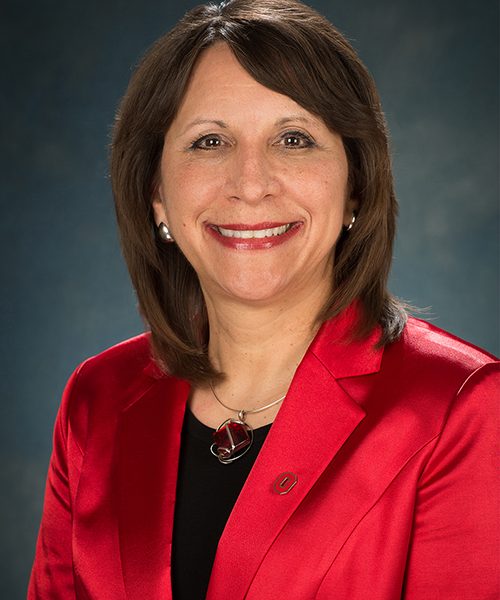When people ask how I became interested in health and wellness, I have to tell them about the tragedy that forever changed my life.

My mom had a stroke right in front of me and died when I was home alone with her at age 15. She had a history of headaches and saw her family physician one week before she died. My mom was diagnosed with high blood pressure and given a prescription for a high blood pressure medication that my dad found in her purse after she died. As you can imagine, this traumatic event had a major impact and left me suffering from post-traumatic stress for a couple of years.
It’s hard knowing that my mother’s death might have been prevented. She might have lived if she had known more about how high blood pressure was a major risk factor for stroke and got her prescription filled. I do not want other children to experience the loss of their moms early due to heart disease, which is in large part preventable with healthy lifestyle behaviors.
Heart disease and stroke now takes the life of one woman nearly every 80 seconds. That’s more than 400,000 women each year, who are mothers, daughters, sisters, wives and friends. Even though this silent killer contributes to more female deaths in America each year than all cancers combined, many people still think of heart disease as a “man’s disease.” That thinking can affect how quickly a woman, her family, or even her doctor takes her signs and symptoms seriously or diagnoses them correctly, and time is vital in treating heart attack, stroke, and other complications related to heart disease. Also, women’s symptoms can present differently than men’s, and not all health care providers are up to date with the latest evidence-based practice to know how to recognize symptoms of heart disease in women.
I urge everyone, especially health care providers, to be proactive in learning about how heart disease affects women and men differently, and ways to prevent it.
Now in my work at The Ohio State University, I’m gratified to help educate young men and women about heart disease, so that they can build healthy lifestyle behaviors to protect their health and their hearts, and pass this knowledge on to their families as well.
Bernadette Mazurek Melnyk, PhD, RN, CPNP/PMHNP, FAANP, FNAP, FAAN, is vice president for health promotion, university chief wellness officer, dean and professor of the college of nursing, and professor of pediatrics and psychiatry in the college of medicine at The Ohio State University. In 2016, The Ohio State University and the Women’s Heart Alliance (WHA) launched a new partnership to address women’s heart disease, the number one killer of women, by screening and educating college-aged women about the risks of heart disease and key steps for preventing the disease. The unique collaboration aims to educate young women about heart disease, its toll on women and its risk factors and encourages healthy behaviors and regular heart screenings for all students. Learn more about the partnership here.